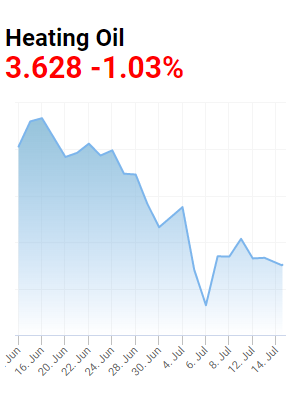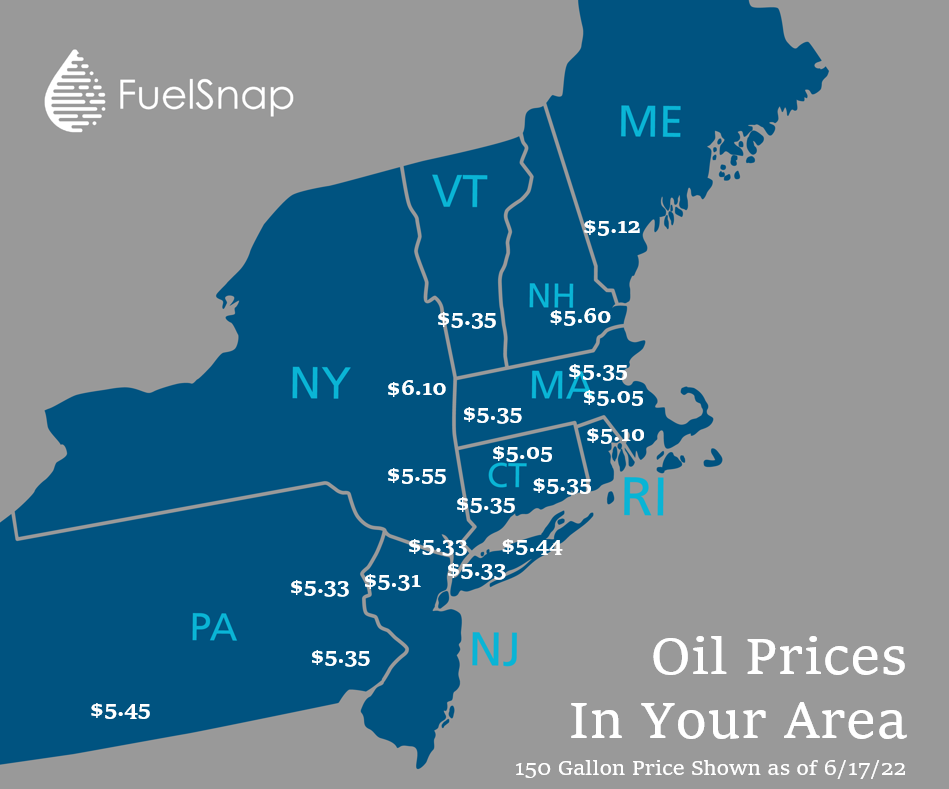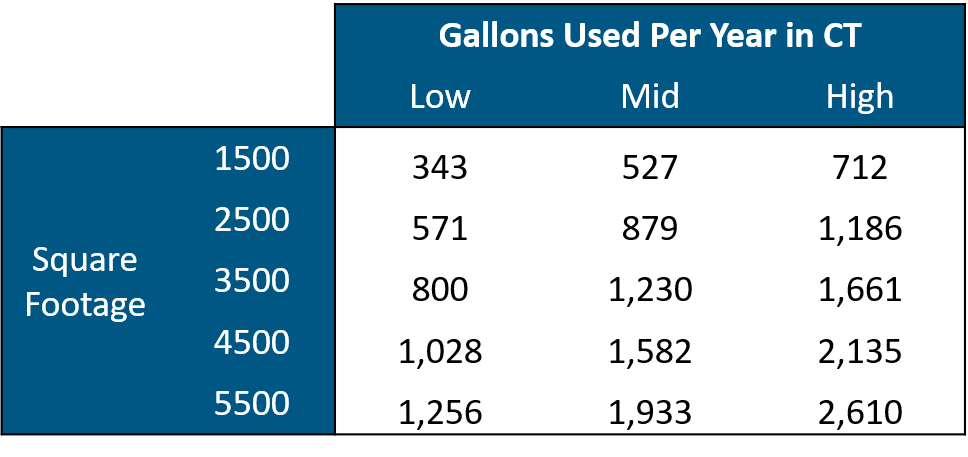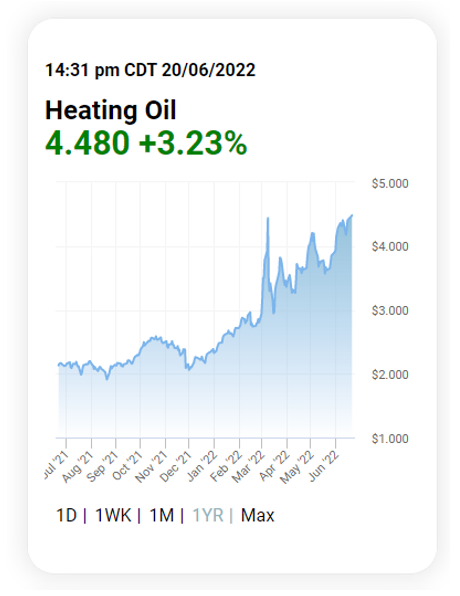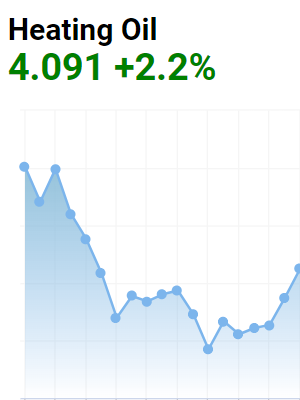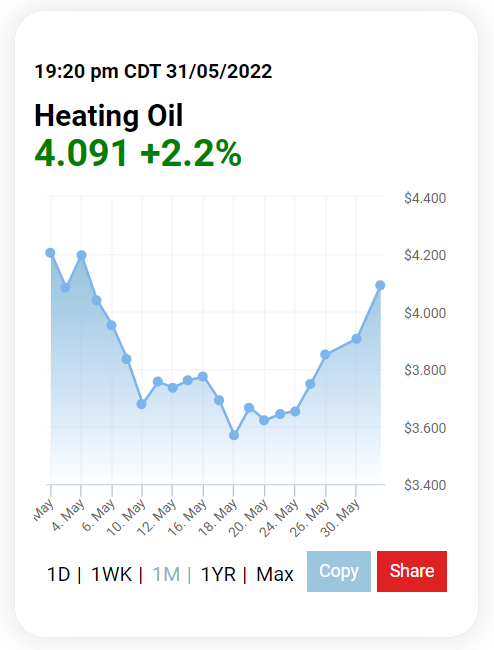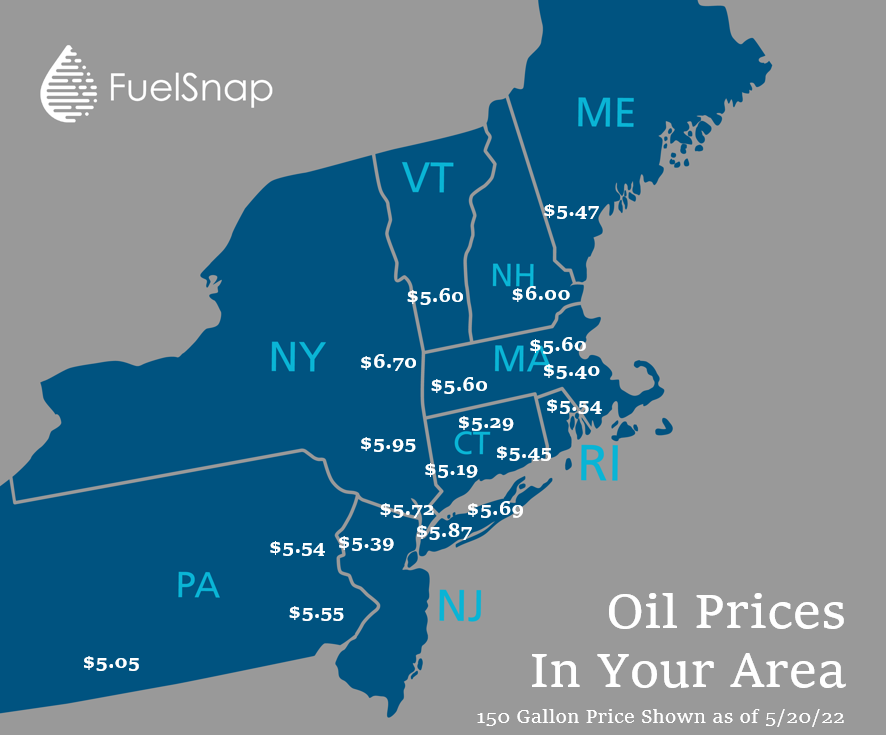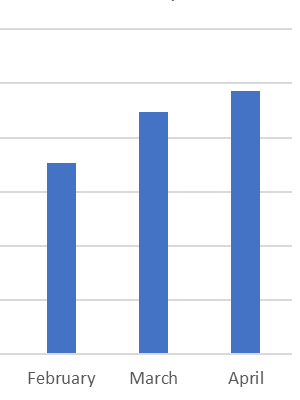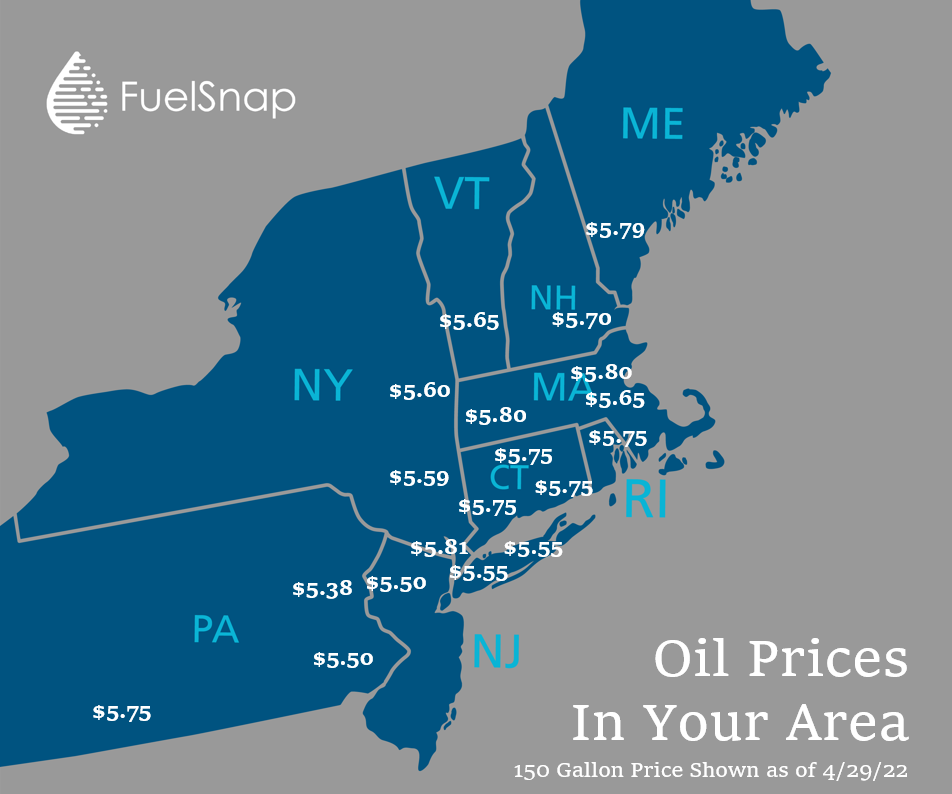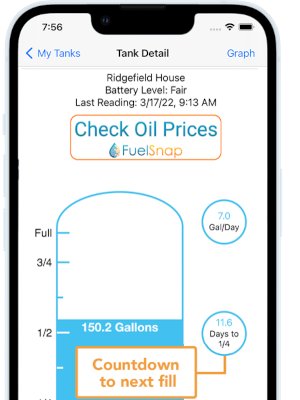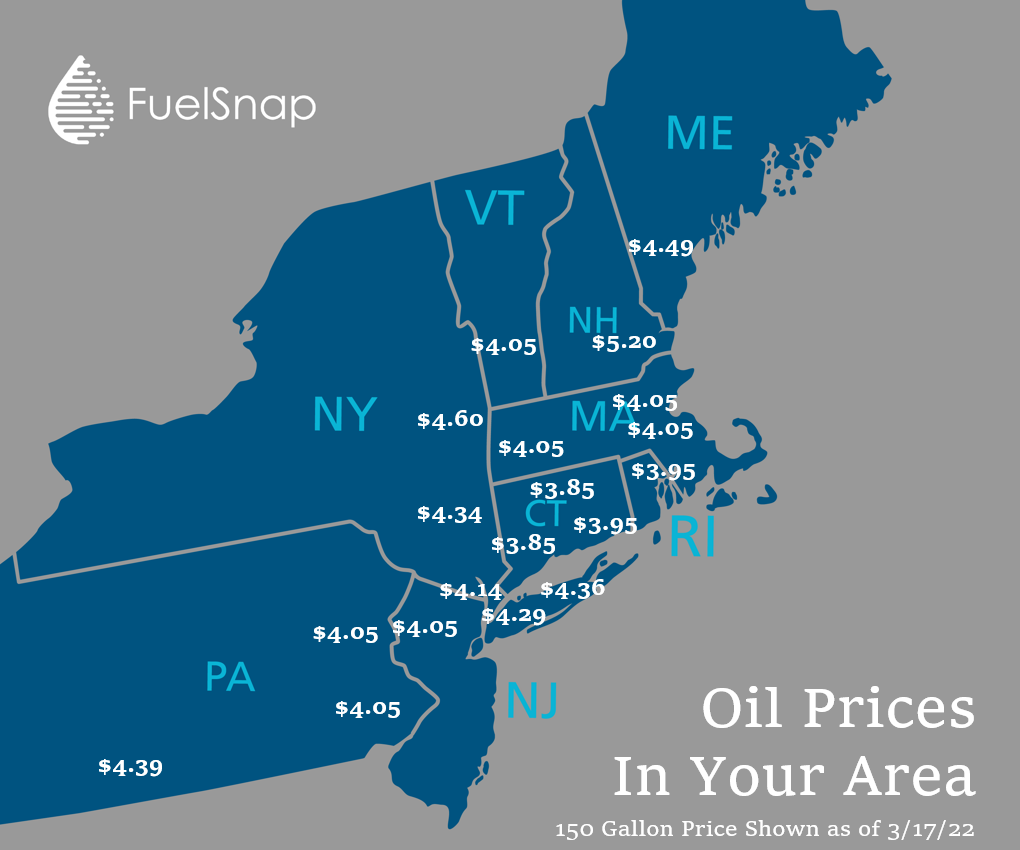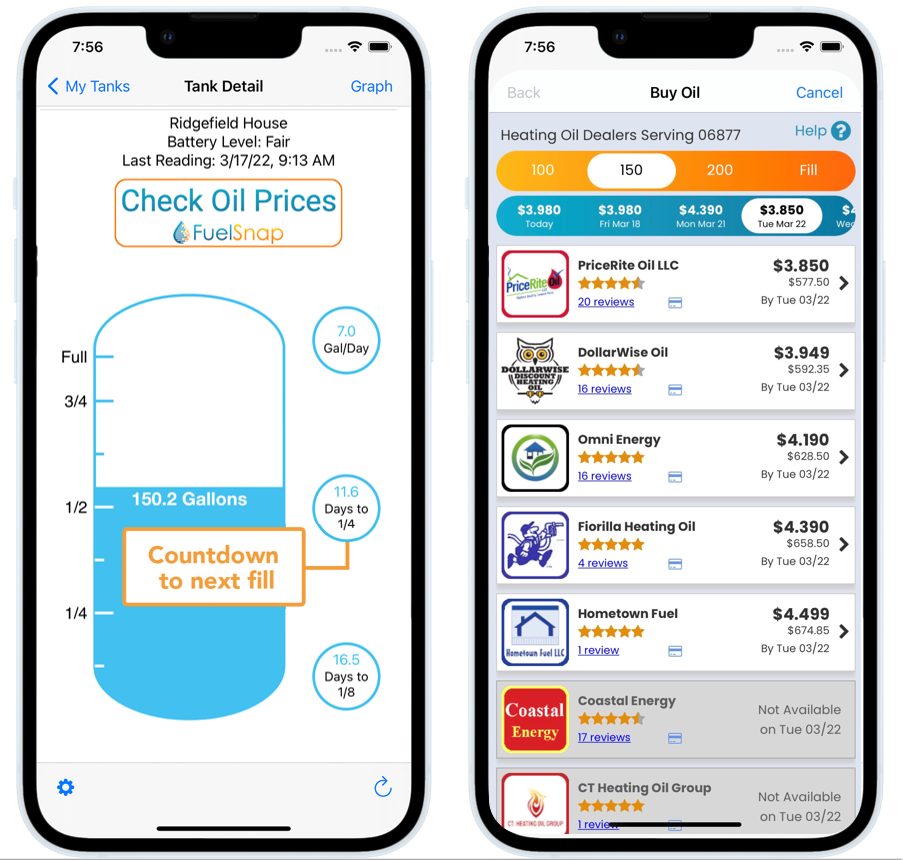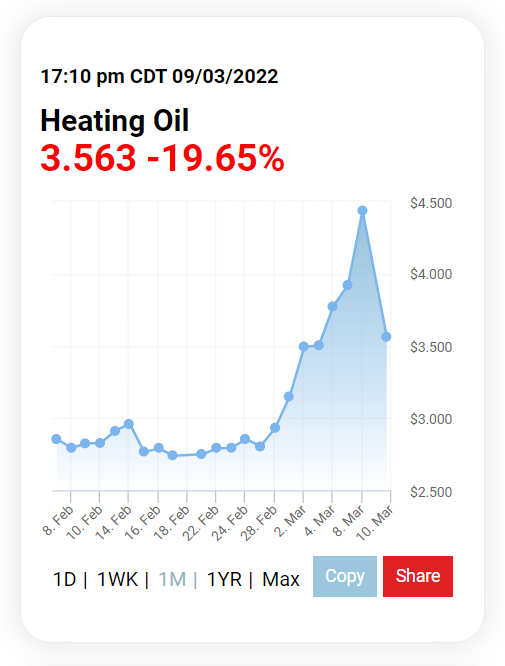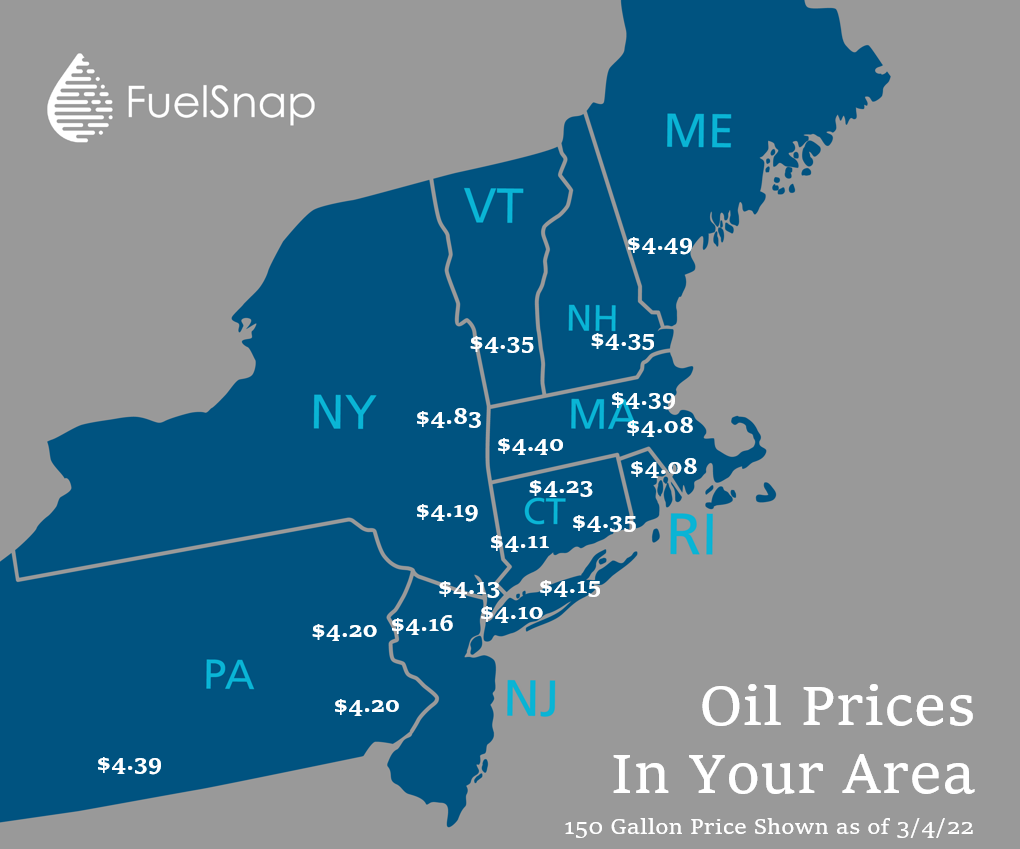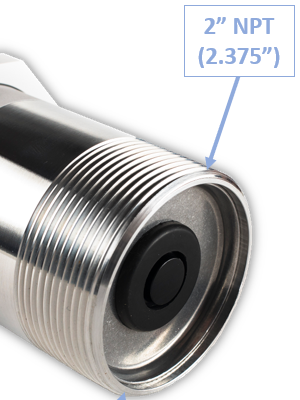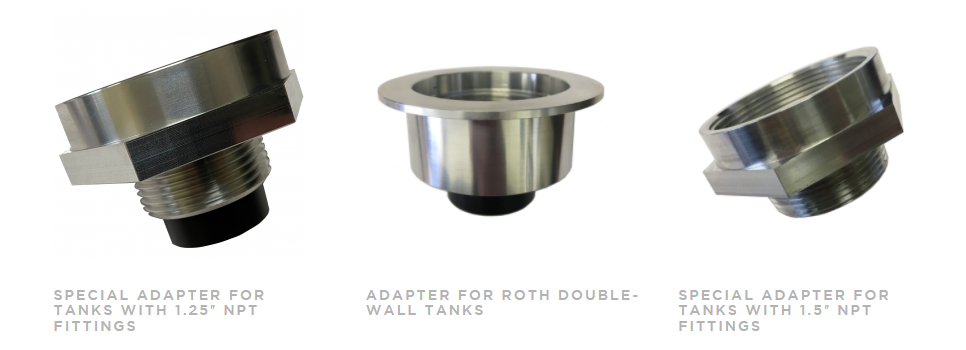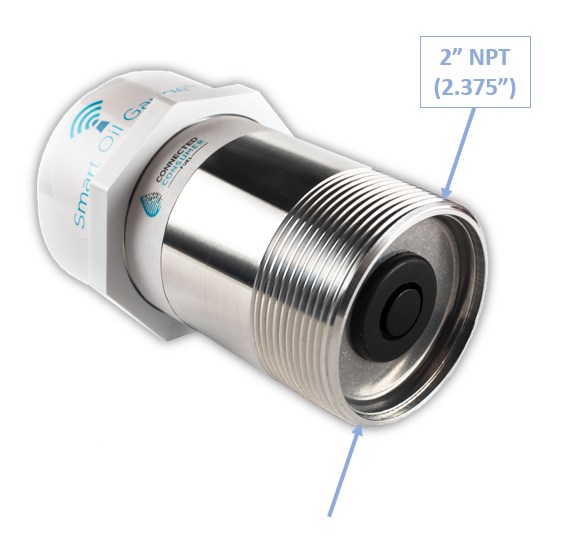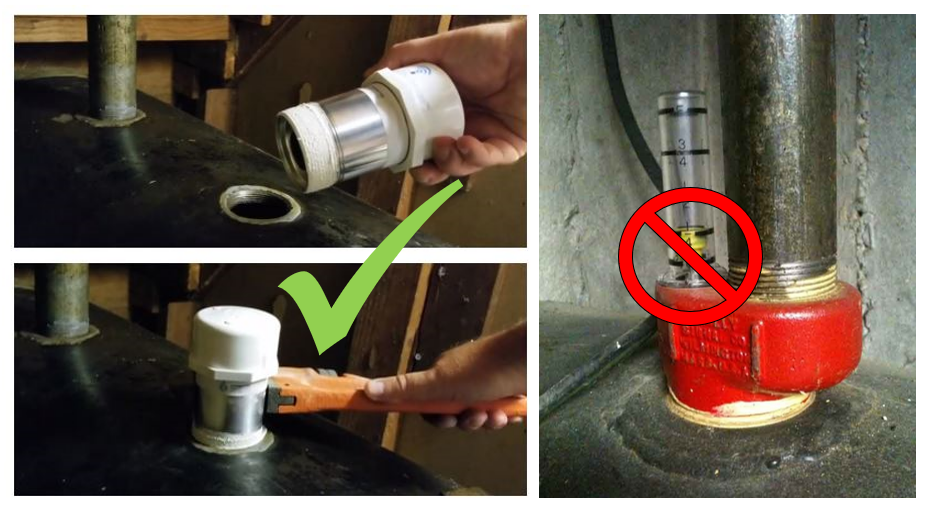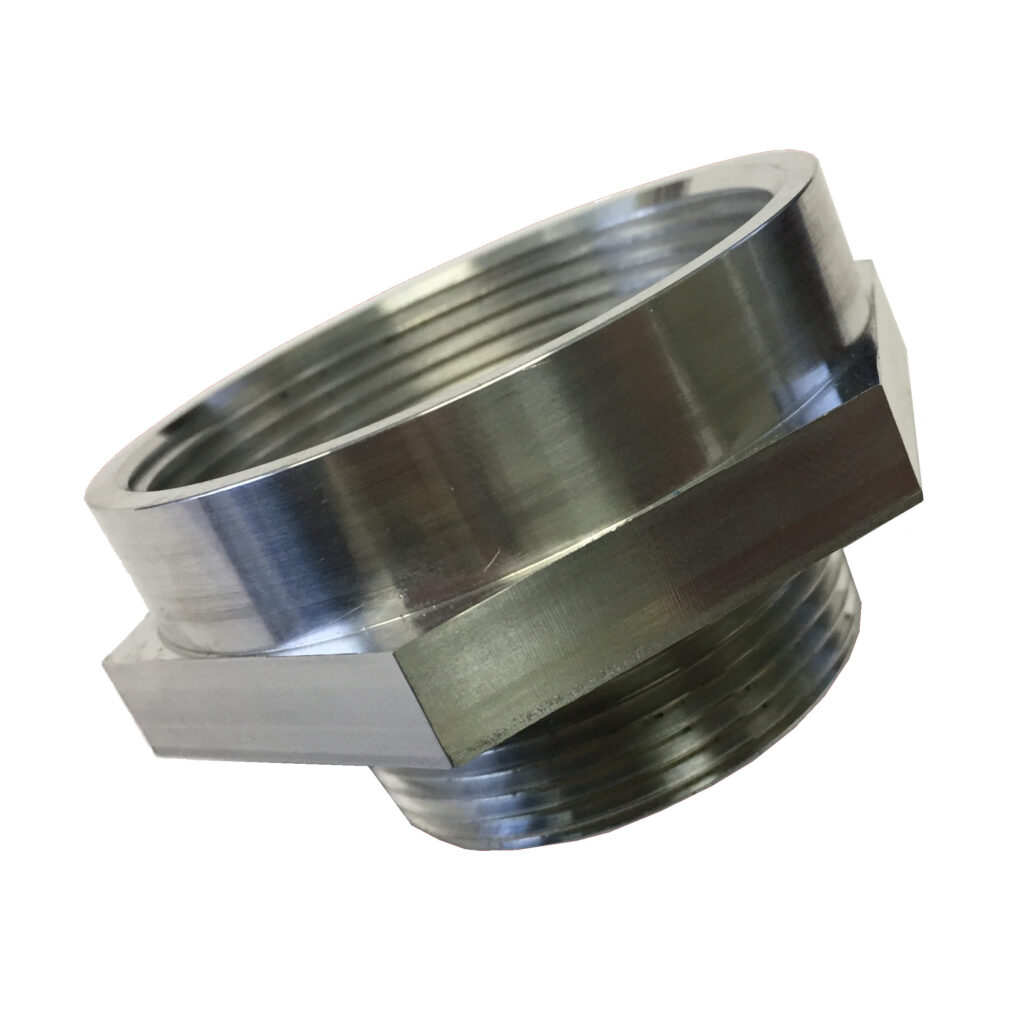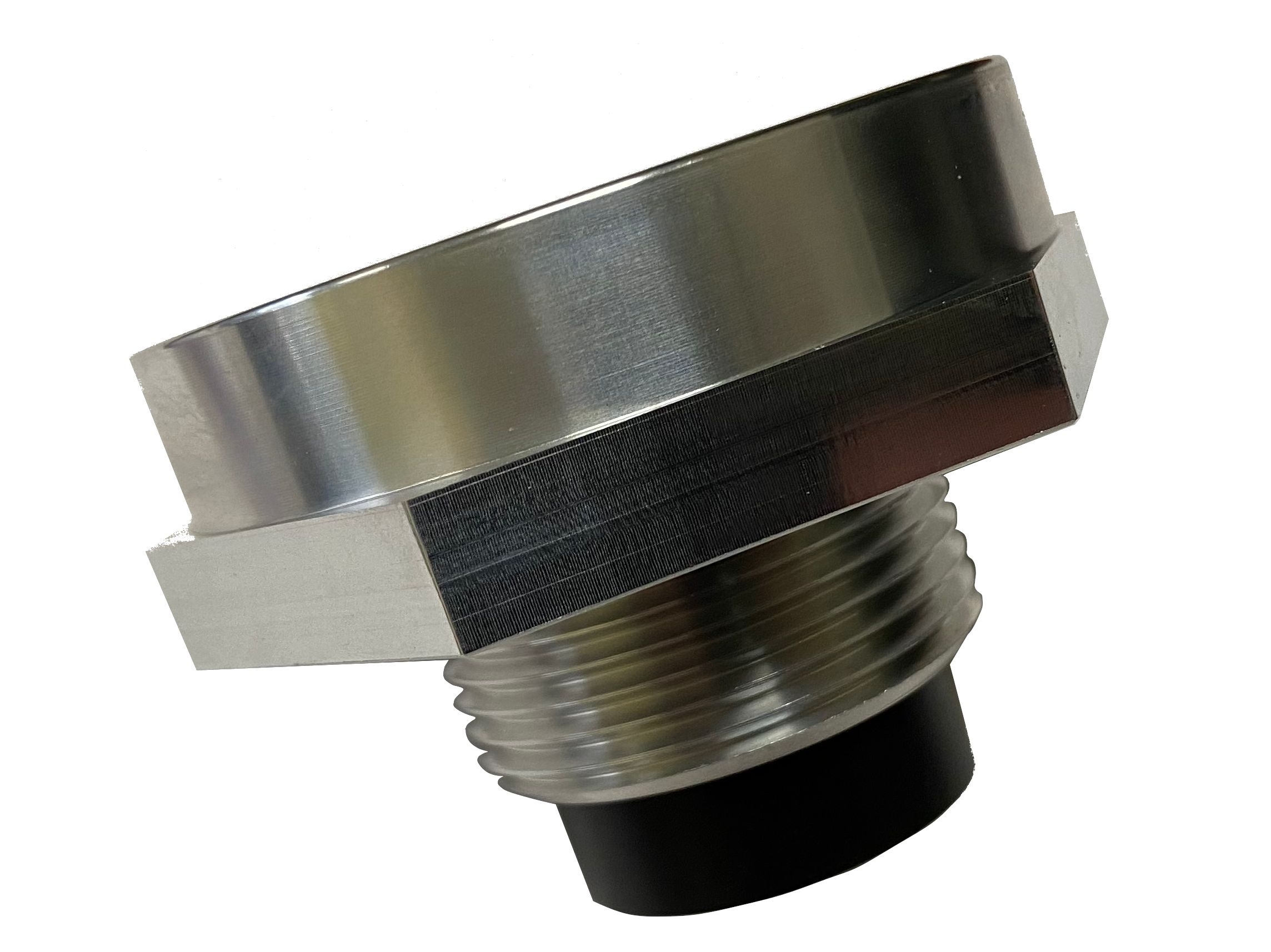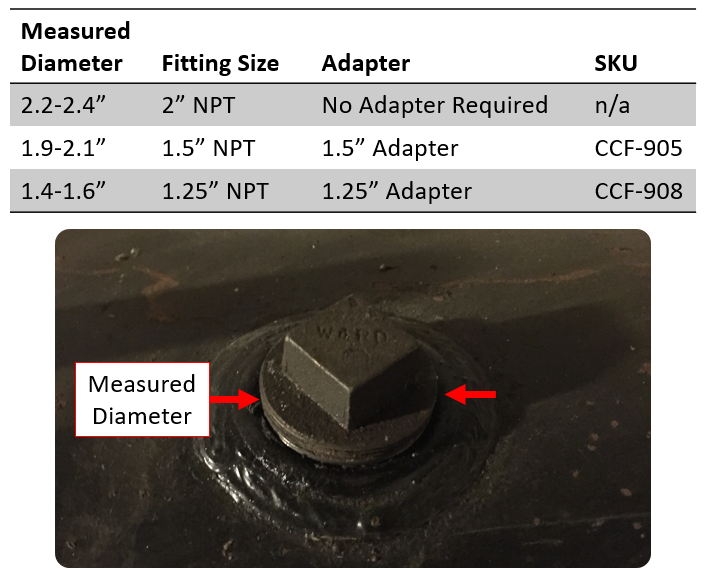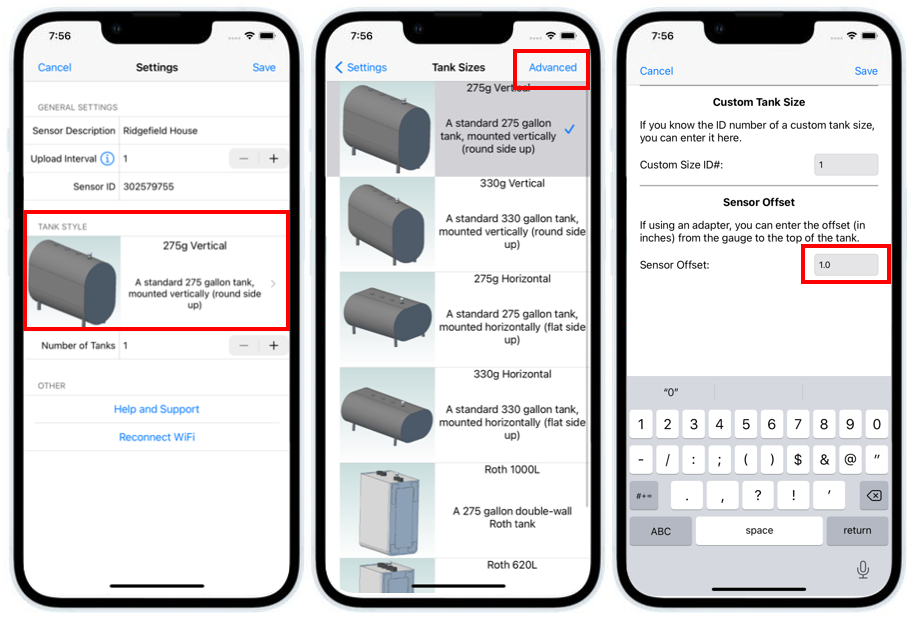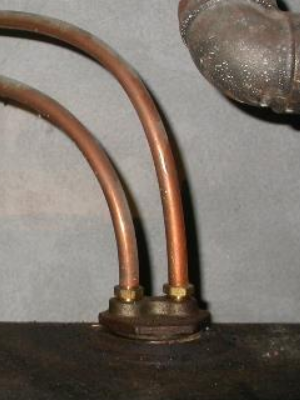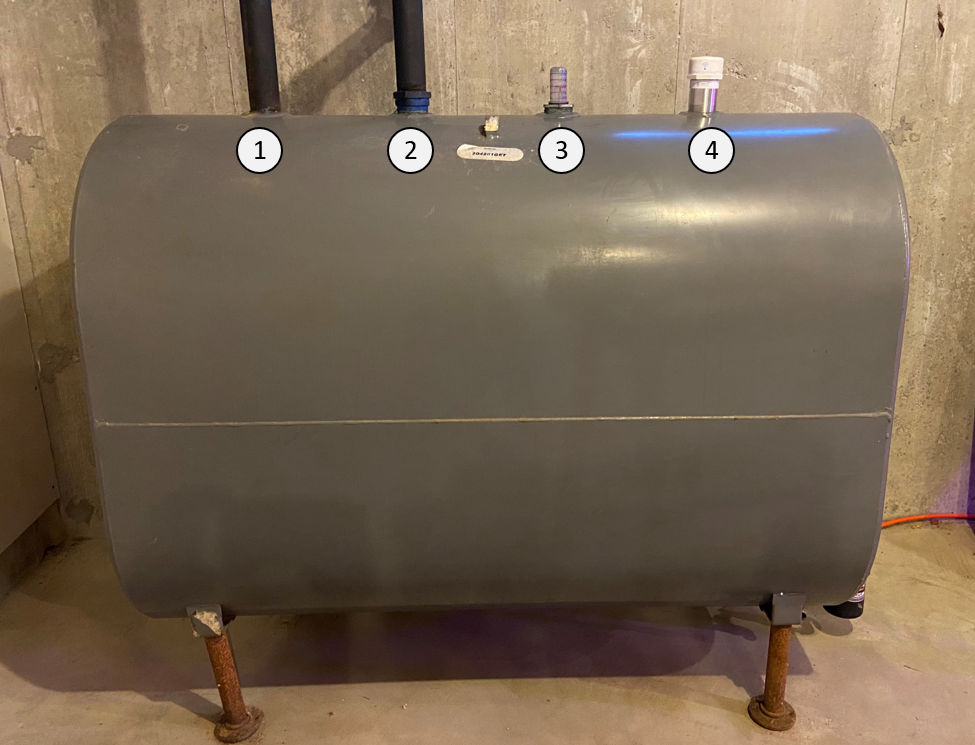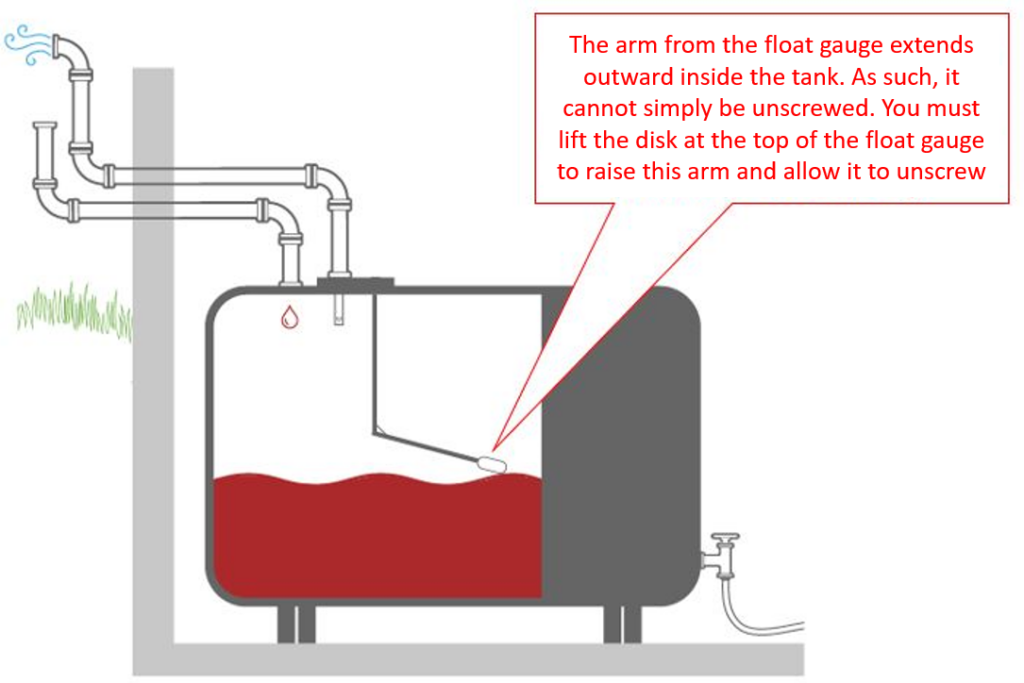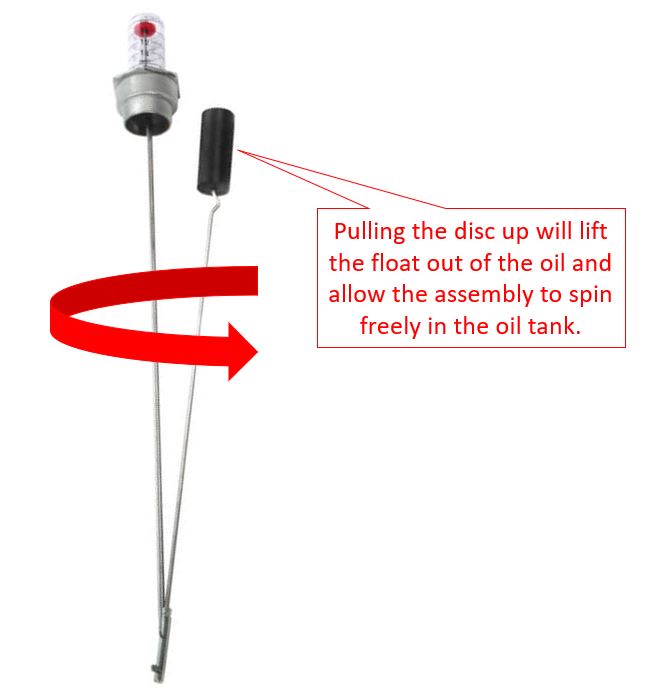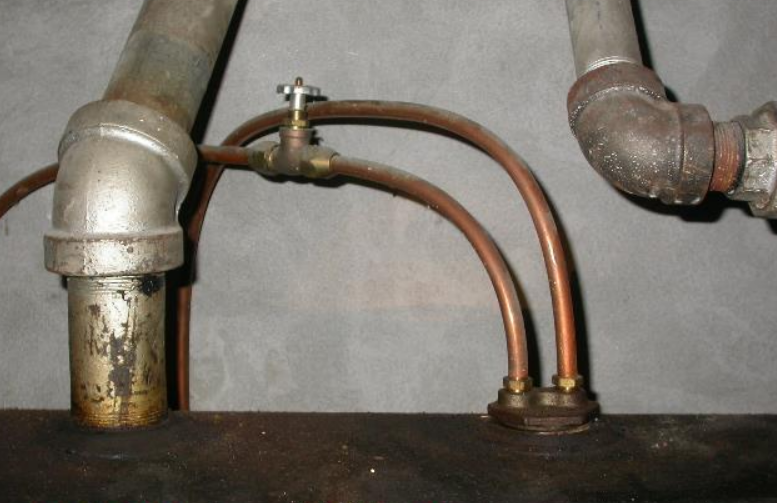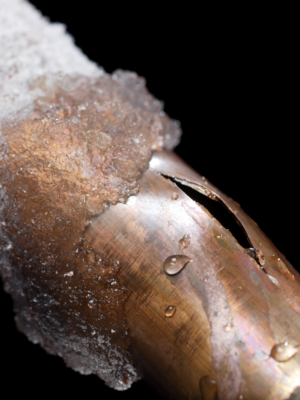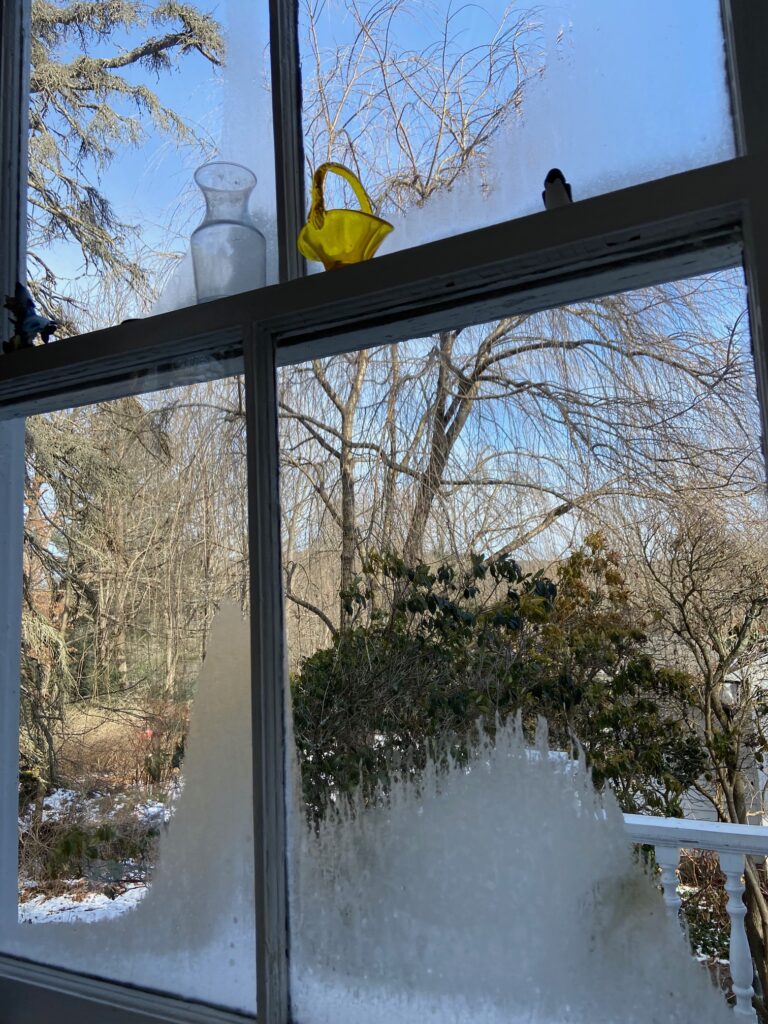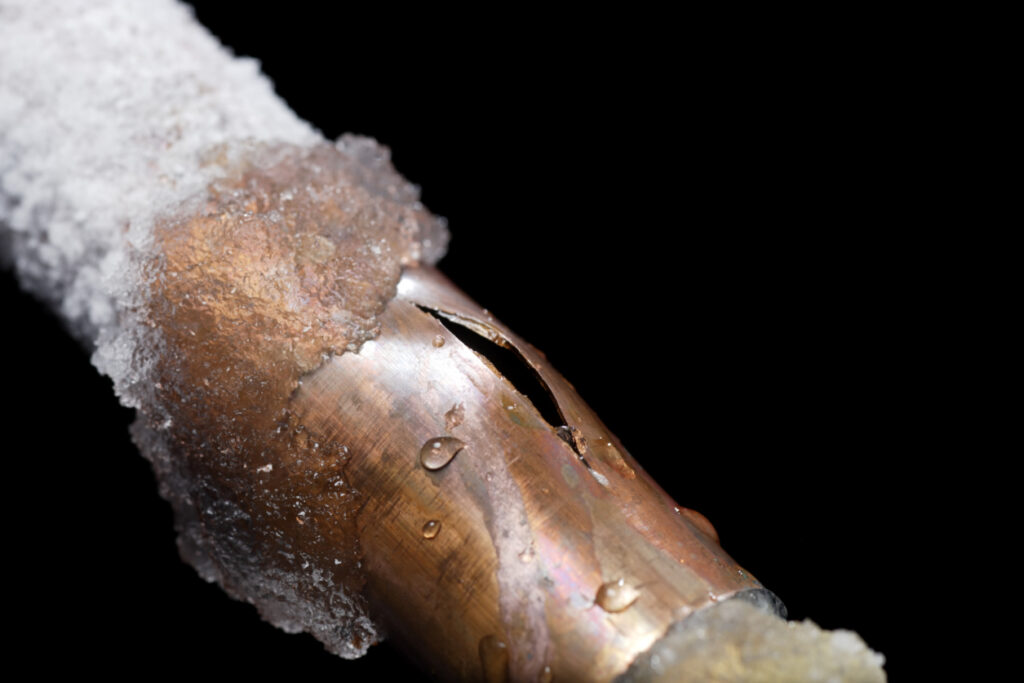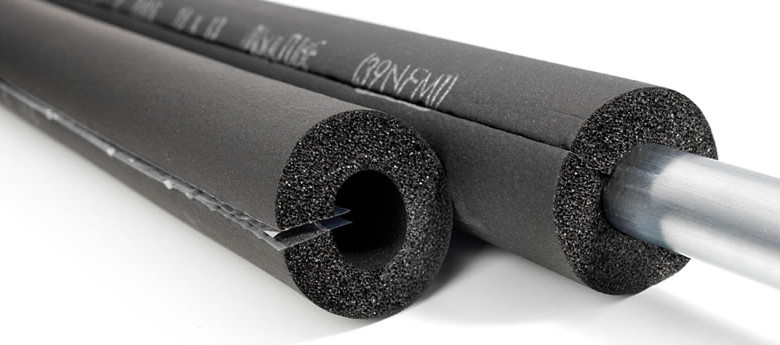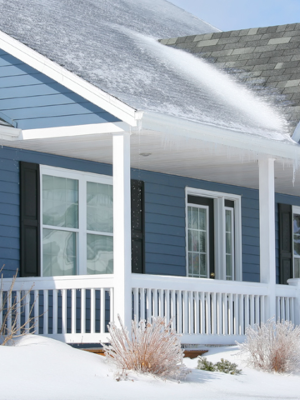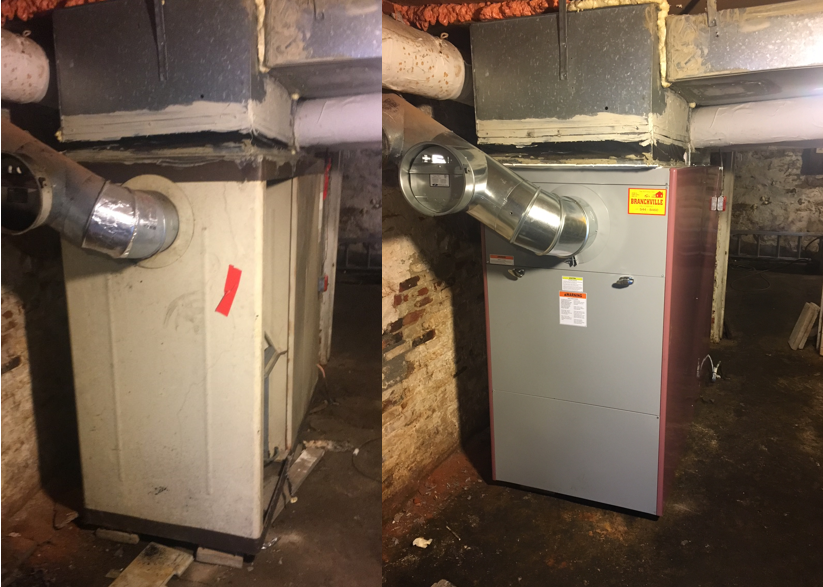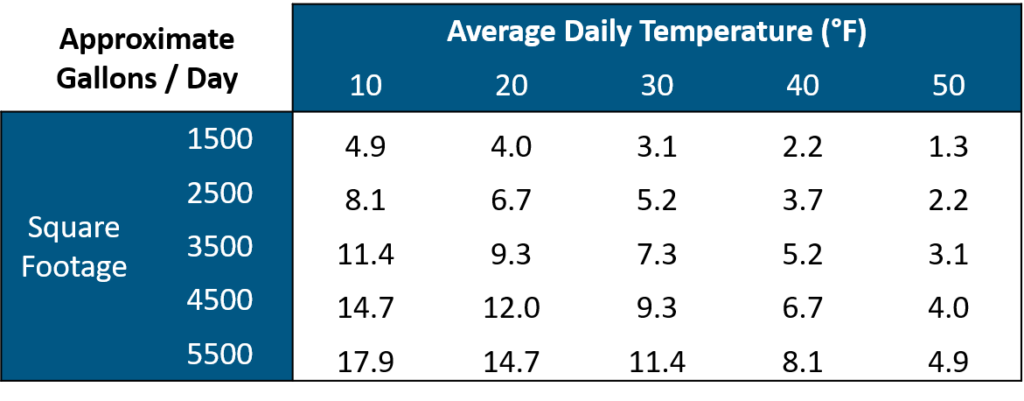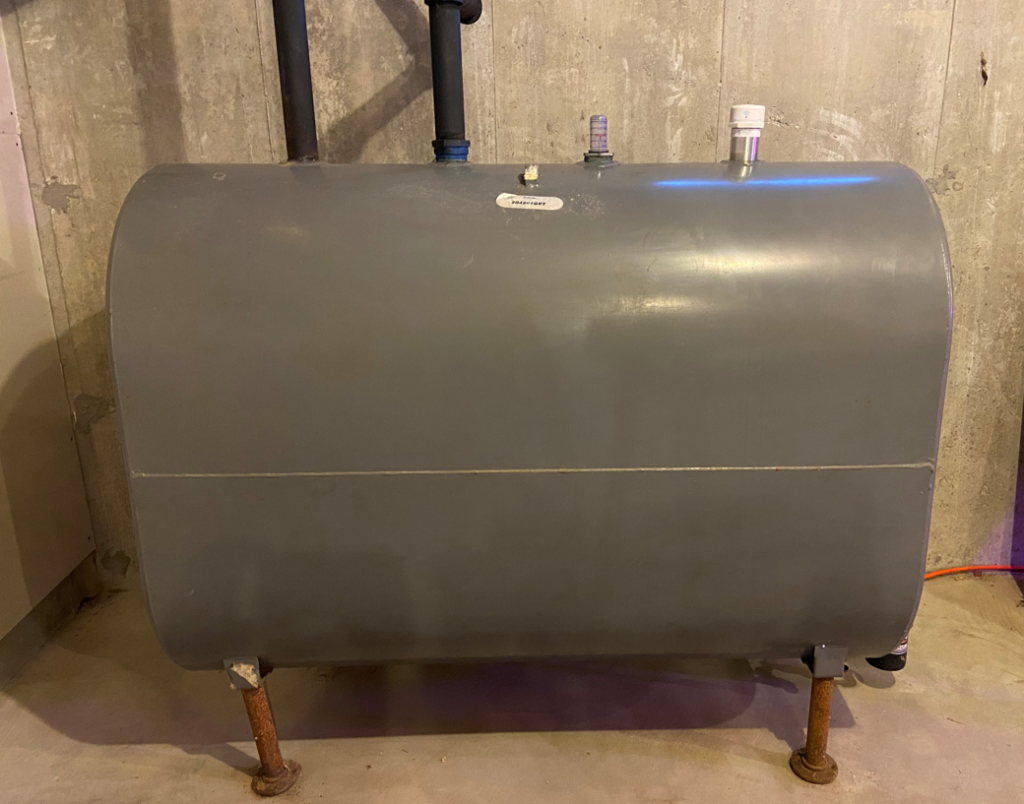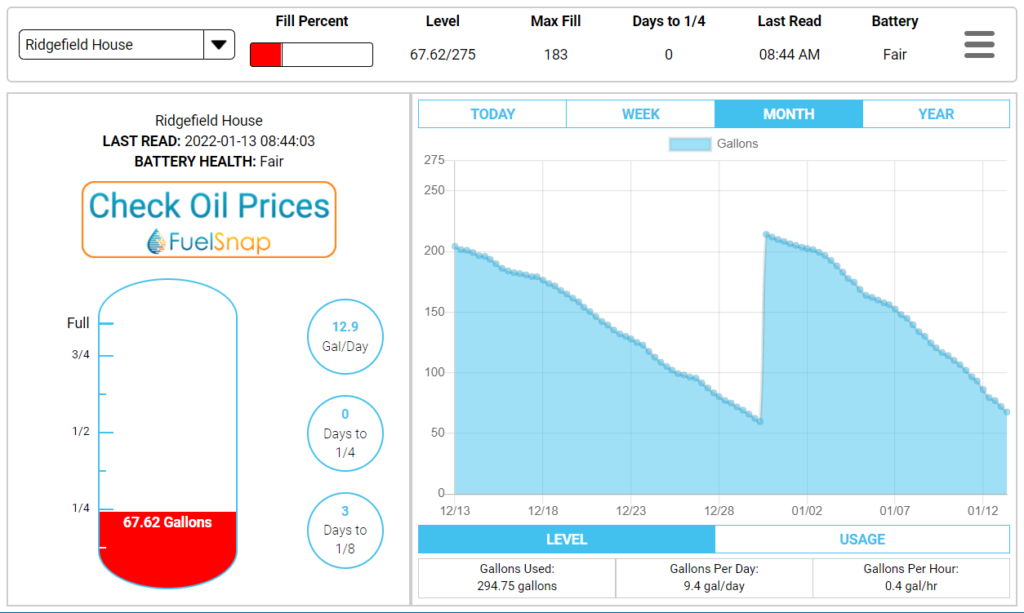Some good news to share on the heating oil front: prices are down about 13% since this time last month. It appears the supply constraints are starting to ease off in recent weeks.
While heating oil prices are trending down, the rack prices are trending down even further. In this post we’ll break down why prices that homeowners pay are not as quick to change as we’d hope.
Current Heating Oil Prices in the Northeast
Prices as of July 14, 2022 range from a low of $4.32 a gallon to a high of $5.50 a gallon. The price discrepancies are primarily due to location. In areas with many terminals (where the dealers fill their trucks), prices tend to be lower. You’ll also see lower prices where there is lots of competition. Long Island, for instance, tends to have the best pricing in the winter months because there are so many heating oil dealers there.
In the summer months, there is less competition on Long Island as many of the oil company owners have other businesses that they operate in the off-season.
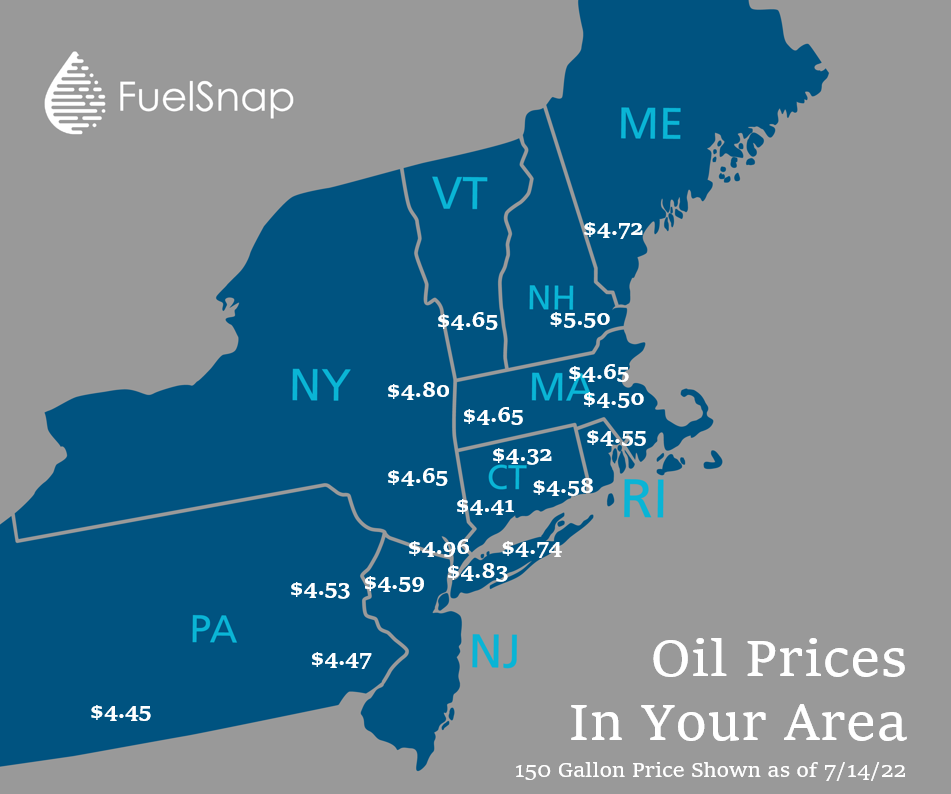
Rack Prices Have Declined Steadily This Month
After a dramatic climb in March and April after Russia invaded Ukraine, we’re finally starting to see some relief. Since June, we’ve seen rack prices drop off quite a bit. What do we mean by rack price? Rack price is the price that heating oil dealers pay for their heating oil. They then mark up the oil to cover the costs of delivery (truck, fuel, driver), as well as fixed costs to run their business (overhead, insurance, rent, etc.) and of course, some profit to keep.
A typical heating oil truck holds about 2,500 gallons of fuel. At a rack price of $4.00 per gallon, this represents about $10,000 in oil (at cost) that a truck will hold. With an average margin of about $0.50 per gallon, this dealer will sell this oil for about $11,250.
If rack prices drop to $3.50 a gallon before this dealer sells the 2,500 gallons that were just purchased, they may have a problem. They can’t just sell the oil for the new market price of $4.00 ($3.50 rack price + $0.50 margin), because they won’t make any money whatsoever. But if somebody else is restocking that day, he or she may be able to sell at $4.00. In the winter months when there’s plenty of demand for heating oil, prices tend to move quite quickly.
In the summer months, especially when prices are this volatile, heating oil dealers almost all ‘take their time’ in lowering prices because of the inventory they already own. This keeps them from losing money on the oil they already own and also tends to smooth out the fluctuations that are seen in the rack price.
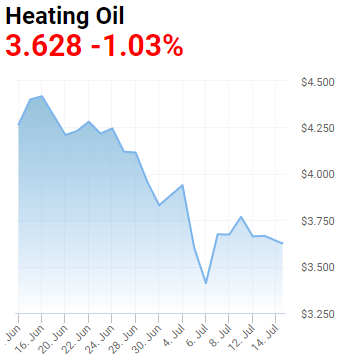
Should I Buy Heating Oil Right Now?
We don’t have a crystal ball, but we can certainly give some useful insights into pricing. Since the first week of 2022, oil prices have risen 57% to date. That being said, they peaked at the end of April / beginning of May, and are now down 15% since their highs.
If you need heating oil for your hot water heater, it would probably be wise to order 100 gallons for now. We will keep watching prices and let you know if things change drastically in the coming weeks.
Happy summer,
Steve

